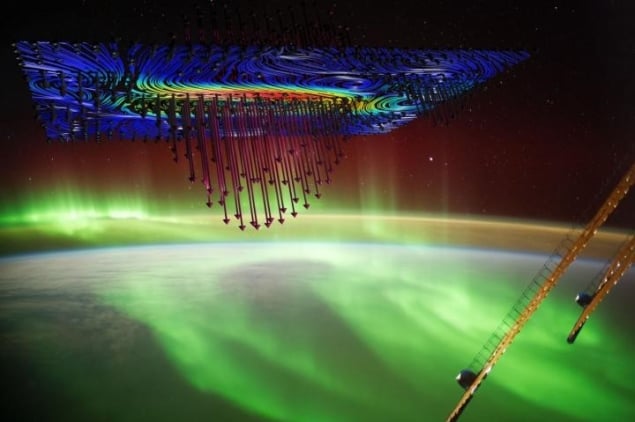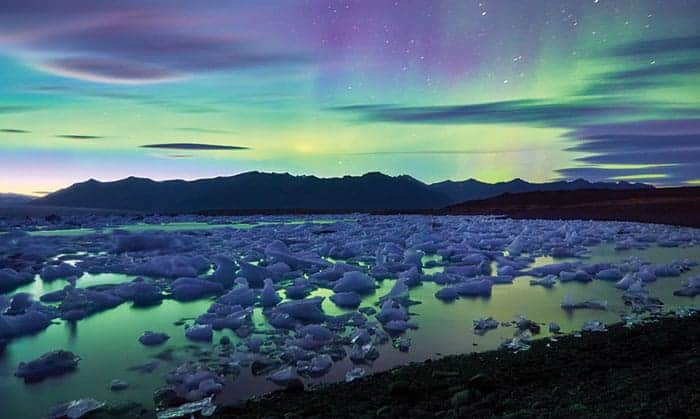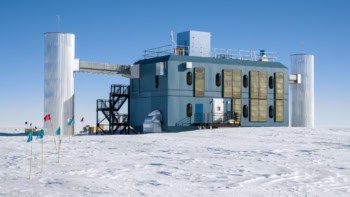
For the first time, experiments have clearly shown how powerful Alfvén waves in the Earth’s magnetosphere transfer their energy to electrons that then cause intense episodes of the Northern and Southern Lights. The work was done in the US by James Schroeder at Wheaton College in Illinois and colleagues at the University of Iowa, University of California, Los Angeles and the Space Science Institute. They did scaled-down experiments in a special plasma chamber to study electrons as they “surfed” along Alfvén waves.
As it reaches far into space, Earth’s magnetic field becomes highly distorted by the solar wind – a stream of charged particles emitted by the Sun. On the side facing away from the Sun, its field lines extend out to enormous distances, forming a vast magnetic tail. During violent solar flares and coronal mass ejections, disruptions to the solar wind can cause field lines in this magnetotail to stretch out, and eventually break and pinch together through magnetic reconnection.
Like firing a slingshot or catapult, these events release vast amounts of magnetic energy – launching powerful waves of oscillating ions called Alfvén waves, which travel back towards Earth along magnetic field lines. As the waves encounter electrons travelling at about the same speed and in the same direction, a mechanism called Landau damping causes these electrons to be driven along by the Alfvén waves.
Violent collisions
Through this mechanism for energy transfer, electrons can be accelerated to speeds of up to 20,000 km/s as they approach Earth. At this point, Earth’s magnetic field passes through the thin upper atmosphere overlying the polar regions. Here, surfing electrons collide violently with atoms and molecules causing them to emit light. As a result, these electrons are responsible for creating particularly vibrant auroras.
To study this acceleration process, spacecraft and sounding rockets have been sent close to the point of reconnection in the magnetotail. So far, however, these efforts have been unable to directly measure the energy transfer between Alfvén waves and auroral electrons.
Now, Schroeder’s team has recreated this process using the Large Plasma Device (LAPD) at UCLA’s Basic Plasma Science Facility. Within LAPD, the team generated a scaled-down version of the newly recombined magnetotail by firing Alfvén waves down the length of the LAPD’s 20 m-long plasma chamber. Subsequently, a small fraction of plasma electrons was accelerated by the waves.
Velocity distribution
By measuring the velocity distribution of the accelerated electrons, Schroeder and colleagues could study the acceleration process. To further understand their experiments, the team compared their results with both numerical simulations and mathematical models of Landau damping within the LAPD chamber. As they hoped, the simulations closely agreed with their experimental observations.

Adventures in search of auroras
For the first time, their results clearly demonstrated a direct transfer of energy between Alfvén waves, and the high-speed electrons partially responsible for generating the aurora.
The research is described in Nature Communications.



